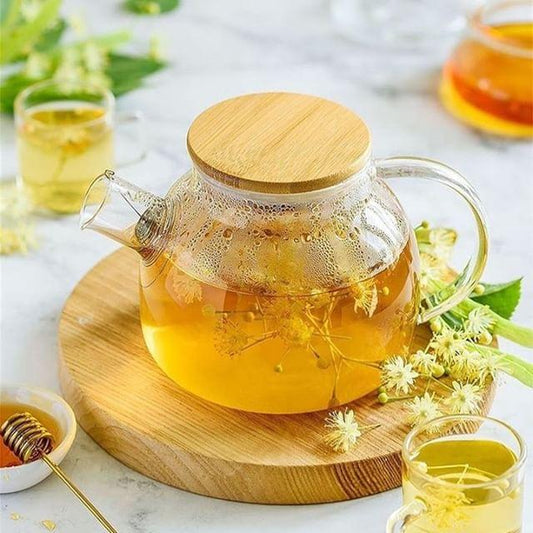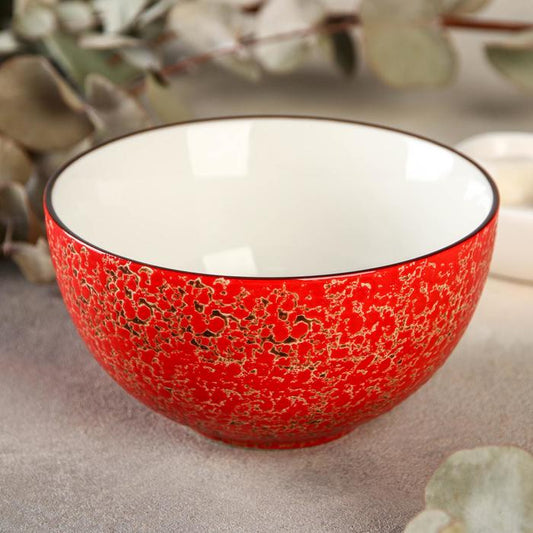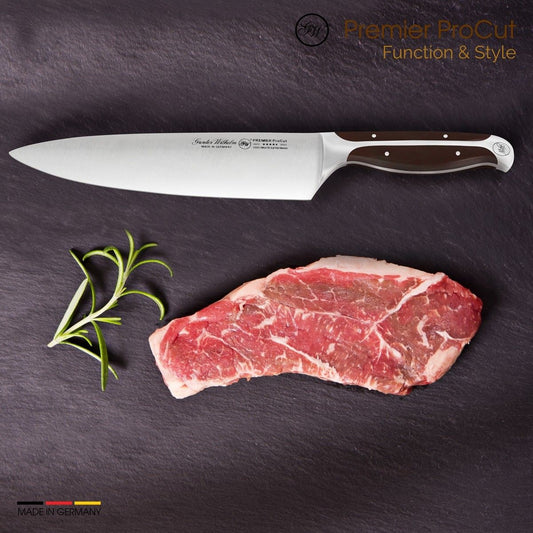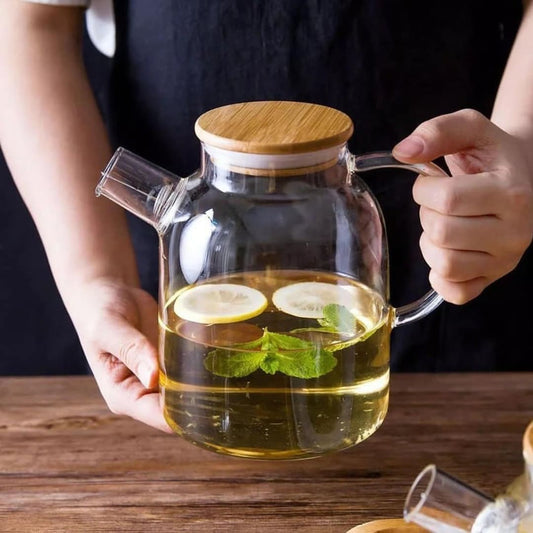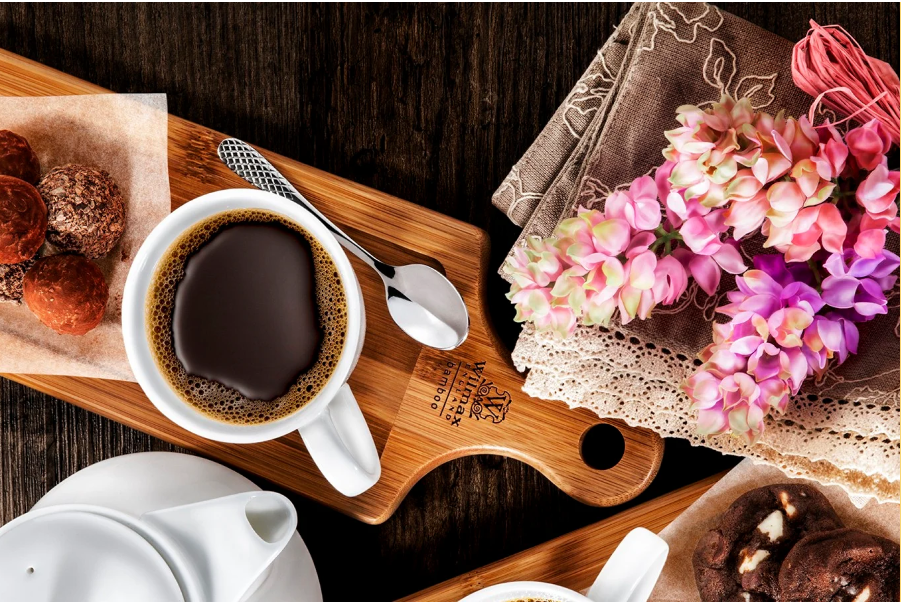Knife Skills 101: How to Chop, Dice, and Mince Like a Pro

Mastering basic knife skills is essential for anyone who wants to elevate their cooking game. Knowing how to properly chop, dice, and mince can improve the consistency of your dishes, speed up your prep time, and keep your fingers safe. In this guide, we’ll cover the fundamentals of knife techniques, the types of cuts you need to know, and tips for handling your knife like a pro.
The Basics: Knife Types and Their Uses
Before diving into techniques, it's important to understand the different types of knives and their primary functions.
-
Chef’s Knife: The workhorse of the kitchen, perfect for chopping, slicing, and dicing.
-
Paring Knife: Ideal for peeling and small precision cuts.
-
Serrated Knife: Best for cutting bread and delicate items like tomatoes.
-
Santoku Knife: Excellent for fine chopping and slicing.
Essential Cutting Techniques
1. Chopping
Use: Large, coarse cuts for vegetables, herbs, and fruits.
-
Method: Hold the ingredient steady with your non-dominant hand in a “claw” shape to protect your fingers. Use a rocking motion, moving the blade up and down while keeping the tip of the knife on the cutting board.
-
Best For: Carrots, onions, potatoes, and herbs.
2. Dicing
Use: Uniform, medium-sized cubes that ensure even cooking.
-
Method: First, slice the ingredient into even planks. Stack the planks and cut them into strips, then turn and cut crosswise to form cubes.
-
Best For: Onions, bell peppers, and zucchini.
3. Mincing
Use: Fine, tiny pieces for maximizing flavor distribution.
-
Method: Bunch the ingredient tightly and use rapid, short motions to finely chop. Use your free hand to steady the top of the blade and pivot it back and forth.
-
Best For: Garlic, shallots, and herbs.
Pro Tips for Knife Safety and Efficiency
-
Keep Your Knife Sharp: A dull knife is more dangerous than a sharp one because it requires more force, increasing the risk of slipping.
-
Use the Right Cutting Board: Choose wood or plastic boards that provide good grip and don’t dull your knife.
-
Stabilize Round Vegetables: Slice a thin piece off one side to create a flat base before cutting.
-
Practice Consistency: Uniform cuts ensure even cooking and better presentation.
Practice Exercises
-
Carrot Dice: Try dicing a carrot into small, even cubes to practice your precision.
-
Herb Mince: Mince parsley or cilantro and aim for consistently fine pieces.
-
Onion Chop: Practice chopping an onion quickly while keeping the pieces uniform.
Taking Your Skills to the Next Level
As you grow more comfortable with basic knife skills, experiment with julienne (thin matchsticks), chiffonade (delicate ribbons), and brunoise (extra-small cubes).
Knife skills are the foundation of good cooking. With practice, you’ll find your prep work becoming faster, safer, and more enjoyable. Grab your chef’s knife and start chopping!
Share:

